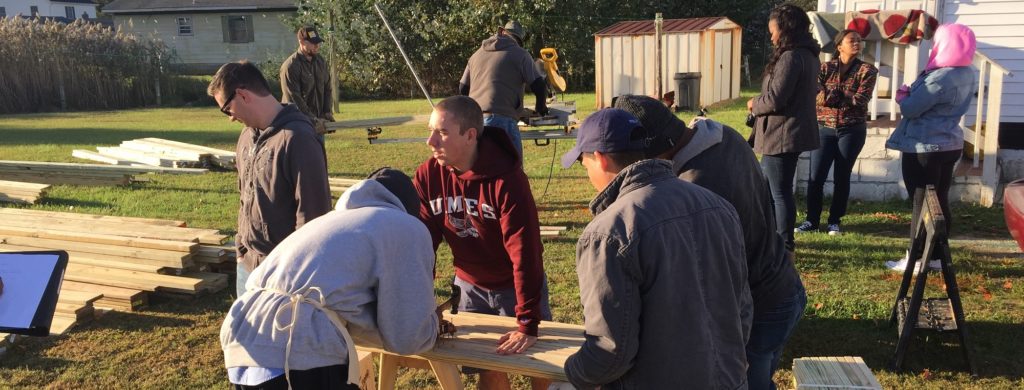Historical Program Documents
The History of T&E Education at UMES
UMES has a rich history in preparing educators, especially Technology and Engineering (T&E) teachers. The University was founded as a result of the second Morrill Act of 1890 to provide learning opportunities for African-American youth since the Maryland Agricultural College in College Park would not admit these students. As one of Maryland’s land-grant institutions, the college was granted complete control under ownership of the state in 1936. At this time four year courses were offered in Agriculture Education, Home Economics Education, and Mechanic Arts Education (what we now know as T&E education). In 1948 the institution officially became Maryland State College, and in 1970 its name was changed to the University of Maryland Eastern Shore (derived from the UMES 2015 First Year Experience book).
Since establishing Mechanic Arts Education as a major, the program has evolved to reflect changes in T&E and remain in alignment with national T&E education initiatives. The program has undergone many name changes from Mechanic Arts to Industrial Arts, Industrial Technology, Technology Education, and currently T&E education. Despite these name changes one thing has remained constant – UMES’s dedication to prepare highly qualified teachers who will have a positive impact on students. Over the years UMES has prepared many T&E educators who have helped to advance technological literacy across Maryland, the United States, and the world.
Maryland has a rich history as a leader in T&E education. Currently Maryland is one of the only states which requires high school students to complete a T&E education course for graduation. The Maryland Plan, developed in 1973 by Dr. Donald Maley from the University of Maryland College Park, proposed concepts that were years ahead of his time and still continue to influence the profession today. When the University of Maryland College Park closed its program in the 1990’s UMES became the only T&E teacher preparation program in the state. As a result UMES has not only served as the sole source of preparing T&E teachers in Maryland, but also providing professional development for T&E teachers to stay current on latest technologies and practices. From 1998-2002, former Department of Technology chair Dr. Leon Copeland and Bob Gray led a $2 million T&E professional development project that helped T&E teachers across Maryland align their instruction with the newly released Standards for Technological Literacy. Their project, the Technology Education Leadership Project (TELP), was extremely successful in advancing technological literacy across the state and advocating for the importance of T&E education in public school systems. UMES continues to serve as the premier provider of T&E professional development for Maryland by offering in-service opportunities on both the main campus and at the Baltimore Museum of Industry.





